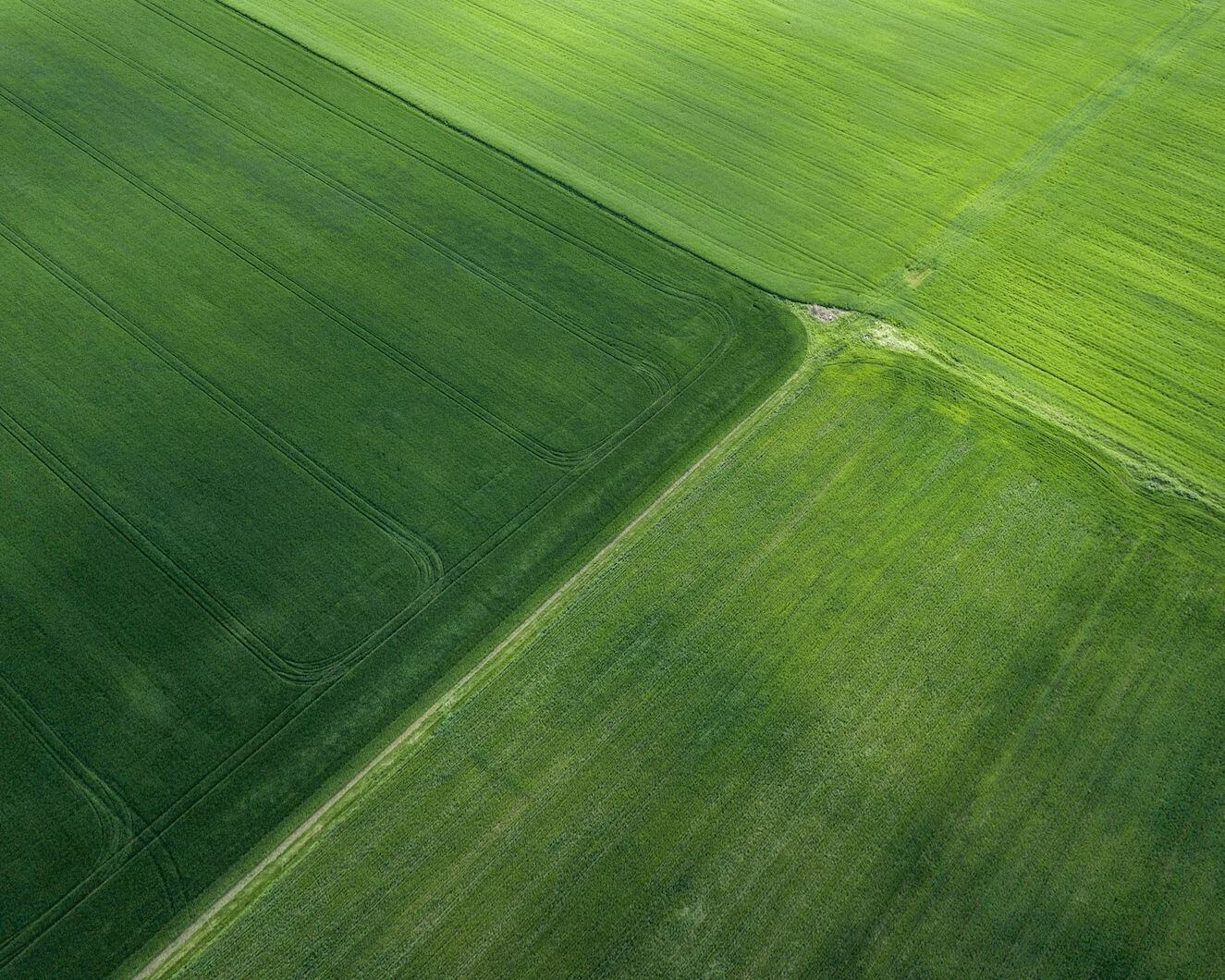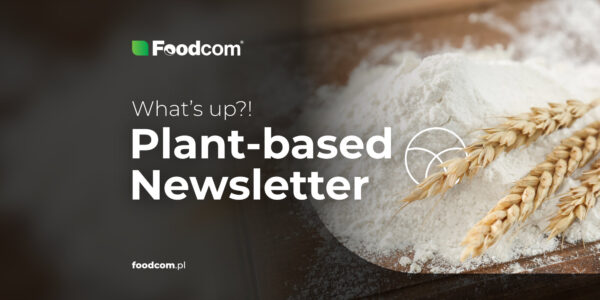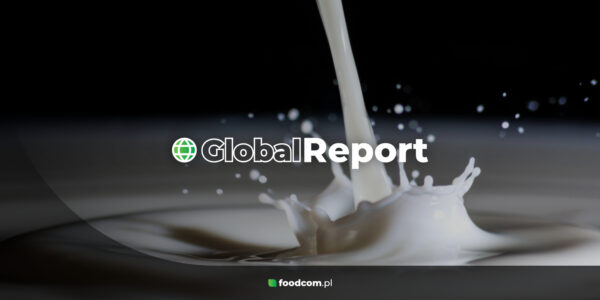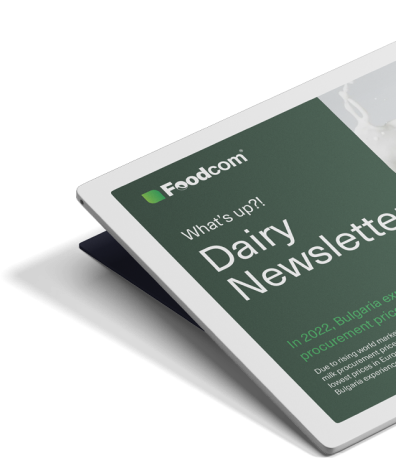We Are The Powerful Trading House.
Twój partner w handlu. Wszystkimi produktami.

Popularne Produkty
Najczęściej Handlowane Produkty
Newsletter Foodcom S.A.
Wszystko, co musisz wiedzieć znajdziesz w naszym Newsletterze. Zapisz się.
- Raporty
- Aktualności branżowe
- Statystyki
- Aktualizacje cen
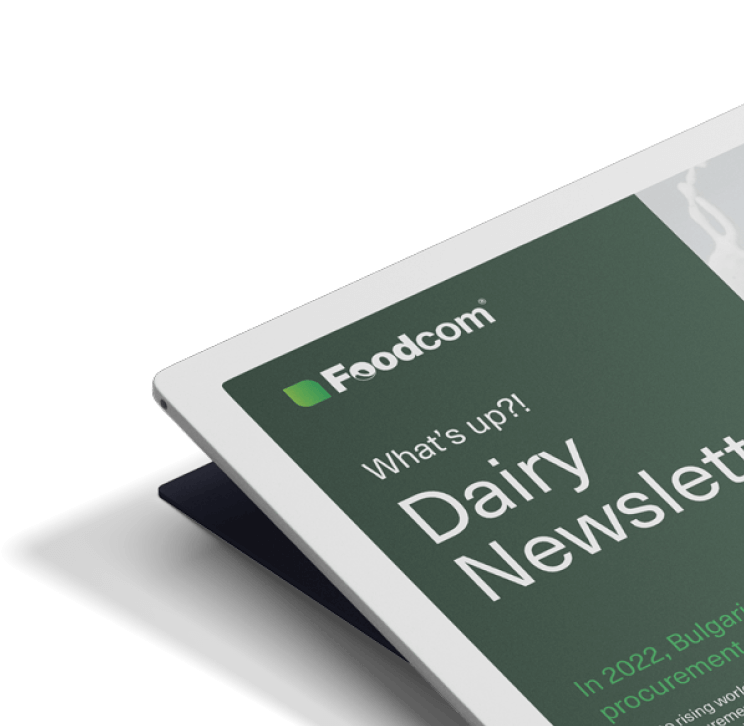

Foodcom S.A.
Jesteśmy firmą handlową. Obracamy surowcami żywnościowymi, paszowymi i przemysłowymi oraz produktami FMCG.
Wyróżniają nas międzynarodowy zespół i ogromna wiedza o rynku. Jakość naszych produktów i usług stoi na najwyższym poziomie, o czym najlepiej świadczą zadowolenie Partnerów Biznesowych podejmujących z nami wieloletnią współpracę.
Od lat doskonale radzimy sobie w oceanie handlu międzynarodowego, a zebrane doświadczenie czyni nas niepowstrzymanymi na rynku.
Orki działają bez wahania. My również.






Kontakt
Skontaktuj się z nami
Skontaktuj się przez formularz, a w ciągu 4 godzin otrzymasz odpowiedź na każde pytanie!
Szukasz zaufanego partnera w dystrybucji?
Potrzebujesz dostawcy dodatków do swojej produkcji?
Interesuje Cię produkt spoza przedstawionych na stronie?

